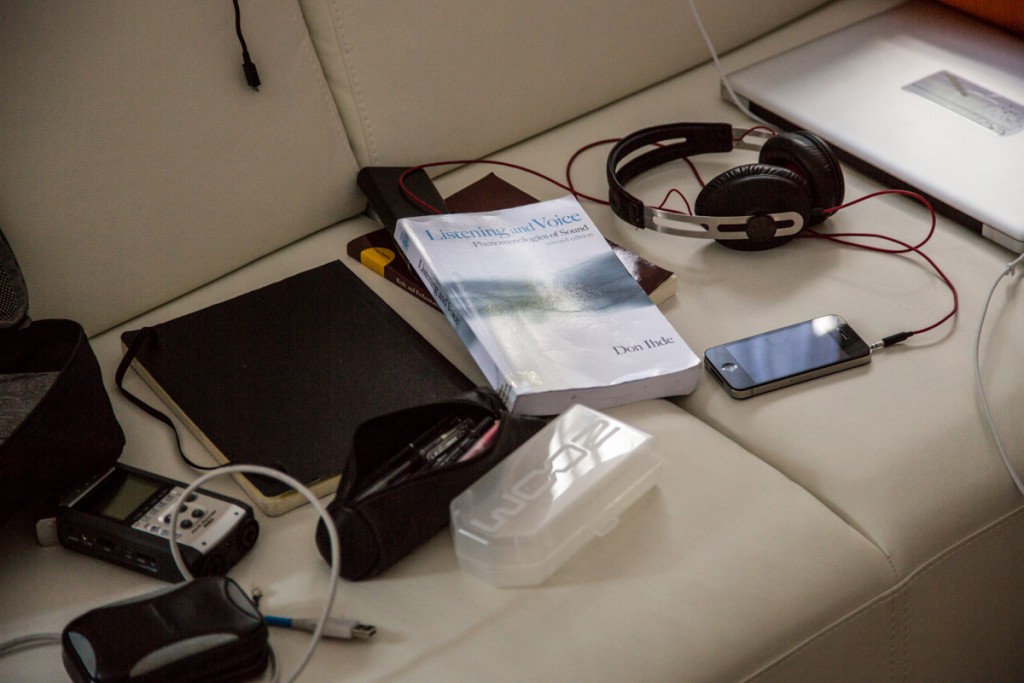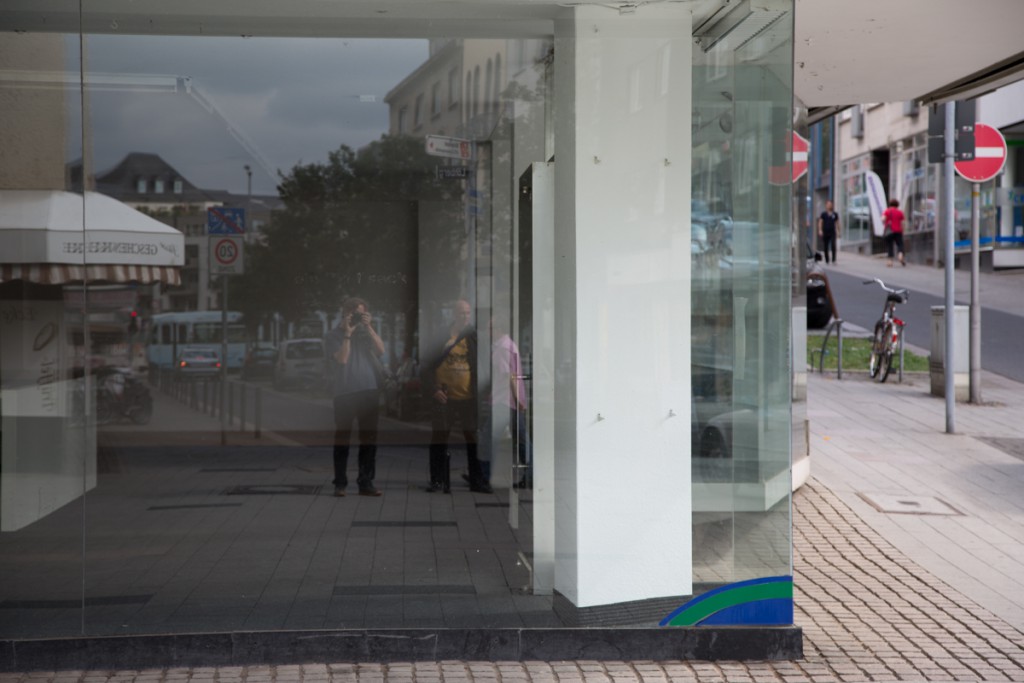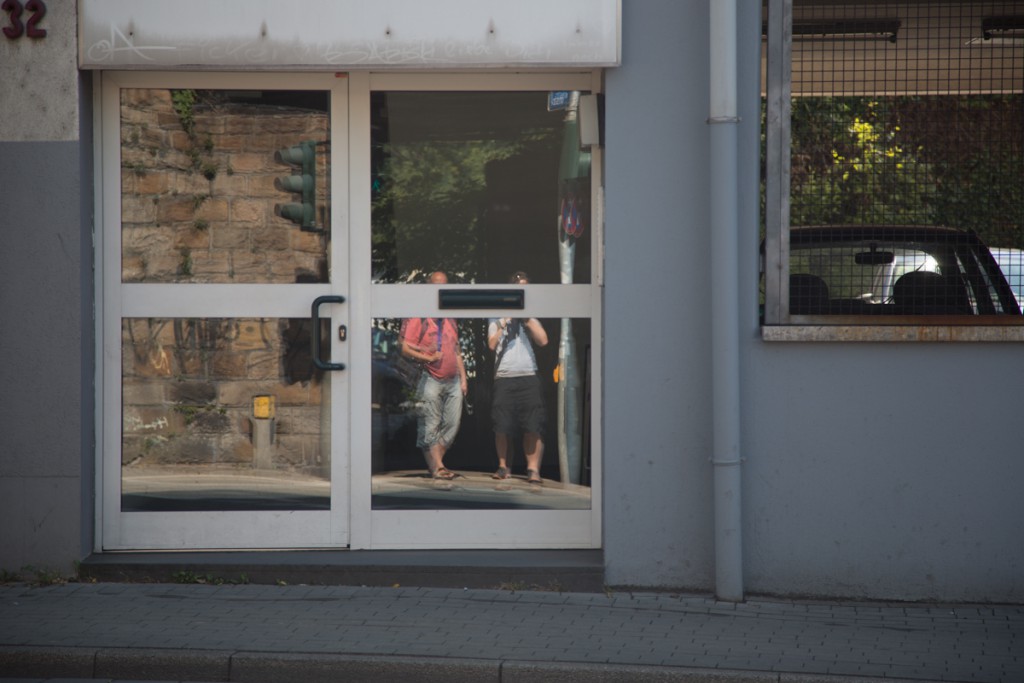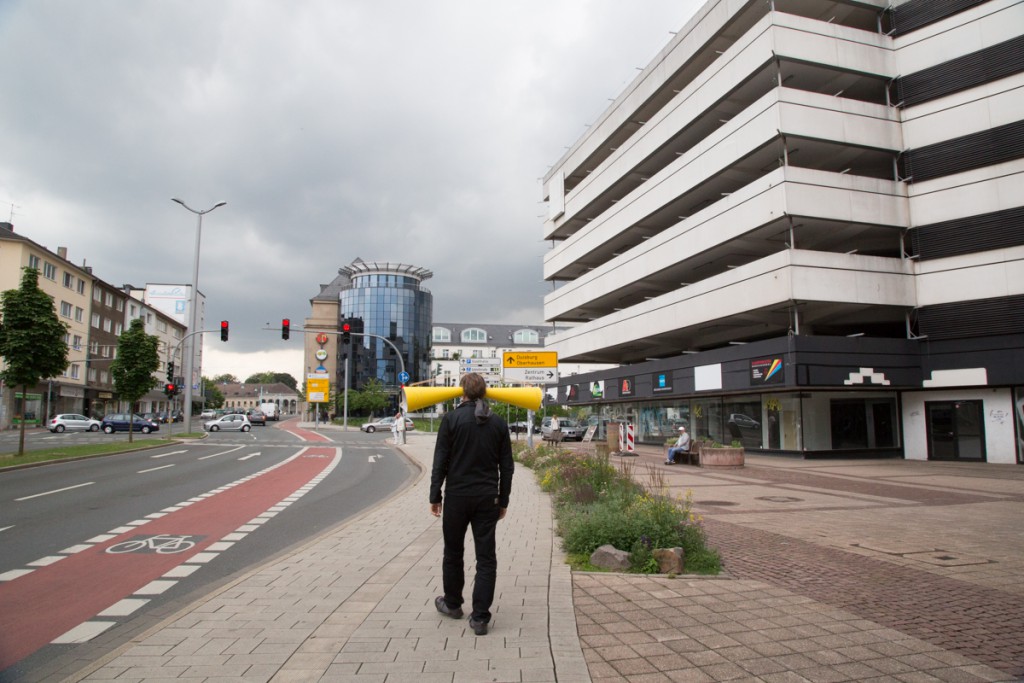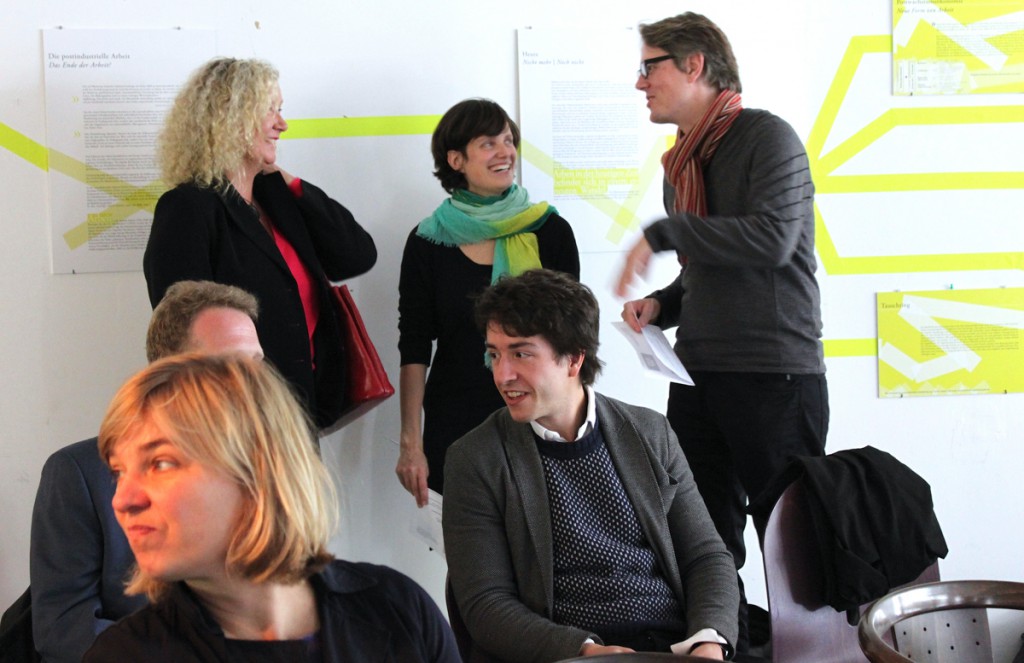by Jan Schacher
Documenting is part of the method. This document leads to a full art piece. Surround audio, best experienced on headphones.
The protocol
The following materials are notes taken from my journal that outline a framework that served to unify the three practices through common and repeated actions and methods.
From the notes, 21 June
The protocol serves to structure the time spent on site or in between the project weeks. Some of the elements are only for me and should be part of my private daily time and routine. Some elements should be daily routines to be executed with every partner. A detailed log will be collected here that tries to collect experiences, artefacts, and times/dates with possible observations. Negotiate with each partner which blocks will be filled or omitted.
– Explore – sound, place, methods
– Transform – recordings, situations, actions
– Reflect – in thought, in dialogue, in writing
– Document
Inside/Outside
Contextualise:
– People
– Places
– Writings
The main modes of actions could be categorised as follows:
– Observe – Explore: exploration of site, place, space, urban context, landmarks, basic sources of sounding: geophonic, biophonic, and anthrophonic (Krause 2013: 39, 64, 155).
– Engage – with each other is the first social level, with locals, by being there and acting, by talking or intervening with the people – sound of the place.
– Convey – Experience. When an element/idea becomes clear, develop method of conveying it. Or does the conceptual work or the fact that it’s a development process not demand an actual intervention?
Excerpts from the journal
These are excerpts from my journal, which show some of the aspects of the project reflected immediately after work phases on site, or at a distance in preparation or resonance after travelling home.
Reflection on Mülheim, 3 July
In hindsight, the week in Mülheim was the first real test of my concept of sound art in an urban context. The most important aspect seems to crystallise in the question of how to establish the social situations and how to interact with the population (the public).
The issue seems to be the balance between an artistic investigation taking place in Mülheim and an artistic research situation concerned with the broader context of the project. Perhaps my role in this setup is not only to serve as an observer and idea-giver, or even as a dialogue partner with each artist, but to enter into the topic myself with an attitude and a clear idea linked to the urban and social situation. So perhaps I have to organise/engineer/envision and somehow develop social interactive situations for the three artists in the group? Does this have to occur in the process weeks themselves, or does it take place in the final symposium? Who is the audience? (the eternal question …) Of course, each of the three processes generates situations of social interactions by chance or coincidence.
– In Trond’s case, the act of field recording in the urban context generates curiosity and people ask what this is about and there’s the opportunity to engage them in the process; that is, by handing them the headphones and letting them listen to/through the headphones. Question: How can this be systematised? Where would this make most sense in terms of social interaction? (Downtown Mülheim, or inside the Centro shopping mall in Oberhausen)?
– For Cathy’s extended ear, the obvious interaction is the performative aspect of her being in the public space with the visible setup. Could this be offered to the audience actively? Create an event?
– In Kirsten’s idea, the question is how the result of her research process can be transformed into a sonic intervention that will influence the public space. Where would this be placed and is this also an event or a hidden, added layer that is not demonstratively shown? (Neuhaus 1994).
Transformations:
– Trond: present field recordings in an extreme situation.
– Cathy: provide an experience of the process to the audience.
– Kirsten: transform materials collected on site into a sonic intervention.
Reflections in Mülheim with Trond Lossius, 15 August
Again, one of the most striking elements of the work process was that we managed to get into the deep, almost meditative state of listening and attention while doing these twenty- to thirty-minute-long recordings. Thus, even if the apparent goal was the capture on film and audio of these situations, the actual effect was the generation of a primary experience for ourselves, of which recording provided a memory, an echo, and perhaps for the other viewers will be inherently perceivable as the invisible authors having had the original experience in real-time/real-life at these places – an atmosphere that the mediated form transports to another place in the future. An important part of this process is that we are doing this as a team of two, who are in constant dialogue and are able to verbalise the impression and possibly key-elements of experience right after the recording takes place. This creates a reflective layer that often is only present in temporally shifted forms and most of the time only for the individual artist during the process.
I’ve had similar experiences in collaborative situations for the stage, where it is necessary to communicate constantly during the process in order to be able to bring the work forward, and also in reflective hindsight. In terms of process for the sonozones project, this group clearly delivers a focused goal-oriented production process, rather than a very open and experimental search or research attitude. This concerns not only the focus on field recording, and that the work has a goal, but also the more traditional field-recording method used.
Overall, the strongest insight today is about the extreme slowing down and relativisation of everyday concerns – when we take half an hour to just be quiet and listen and wait in absolutely banal or everyday places without anything special occurring. The focus and emphasis shifts dramatically, we become much more sensible/sensitive to small or insignificant occurrences. Trond remarks on the changing inner state while recording: ‘You lose the why and the how of how you came to the place and the what and the inner state become important.’ The artwork resituated in its original place can draw on the tacit, intrinsic elements that constitute an experience. Instead of being a closed off work/piece, it relates directly to the surroundings and enables the reliving of past and present simultaneously. In the evening, during a discussion with Trond on the train platform while waiting, we find that there is an ‘emphasis on slowness, a reduction (paucity) of visual content and density of aural domain, the audio takes precedence. This is reduced listening, not in Pierre Schaeffer’s sense, but rather by reducing density until left with few enough elements/layers that it is possible to engage with the rich inner textures of them. […] Places such as backstreets, backyards, distant din of the city, the quiet, and forgotten pockets and oases of the city, this is suburban quality.’ We realise that the elements and places we interact with almost always concern transport vectors, pathways, and motion patterns in the urban texture.
Reflections in Mülheim with Cathy van Eck, 26 August
I had the feeling that in our project we worked on the method and the materials, but not so much on the pace and the connection to Mülheim – yet. We agreed that we would need to experiment with the three methods of extended ears. […] The look from passers-by and people in vehicles showed clearly that being active with thee contraptions is also a ‘performative action’ and creates a clear signal, a strong curiosity. […] One finding was that using only one cone provides better differential hearing. My impression was that the overall perception is less disturbed and that with one ear, the horn functions more like an acoustic telescope.
From there we walked along the footbridge leading to the power station. We stopped again half way across the footbridge, at the point where it makes an angle and creates something of a platform overlooking the river and the marshes along the shore of the island. Here the acoustic environment, or acoustic horizon, is wide enough, far enough from traffic that low-level, filigree sound elements become audible. The most dominant sonic element at that spot becomes the aeroplanes taking off from nearby Düsseldorf airport. This is something that several people we talked to commented upon (young woman during the recording with Trond in the street next to the train viaduct and the old lady on the bus stop while filming trams), especially when they thought that we were taking noise measurements.
Reflections in Mülheim with Cathy van Eck, 27. August
To me it seems that this type of intervention (Cathy’s walk with horns) is more a performance and less an experiment than the work we did with Kirsten. Despite the exploratory phases with the horns, going to different places was more akin to an experiment. I wonder if exploring two other avenues with physical horns is useful, or whether it would be better to investigate an ‘extended ears’ soundwalk with the iPhone app and a listening walk just with open ears for comparison.
Reflections in Mülheim with Cathy van Eck, 28. August
In the afternoon we had arranged for a guest to join us for a last walk, where we would combine two modalities. […] Thus the situation changed: the two people active in the street became highly visible while the third, accompanying person remained discreetly in the background. The first part of the walk was with one horn each, […]
The feedback was positive and she said it had opened her ears, permitting her a new experience. Her main question about the project concerned its meaning or intention. After explaining to her what I consider artistic research to be, I also emphasised the question about the validity of sound art practices in a social-urban context. The most appropriate answer for me was to speak about the way in which interventions and the provision of experiences can touch people – even if not the masses, at least those that are open or curious enough to engage with it in the street.
